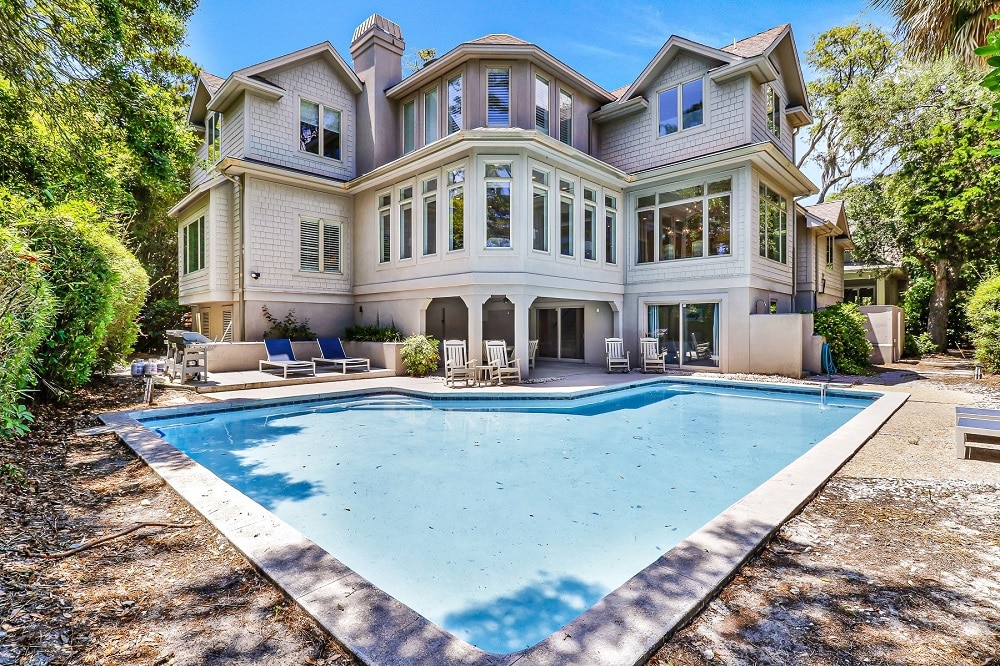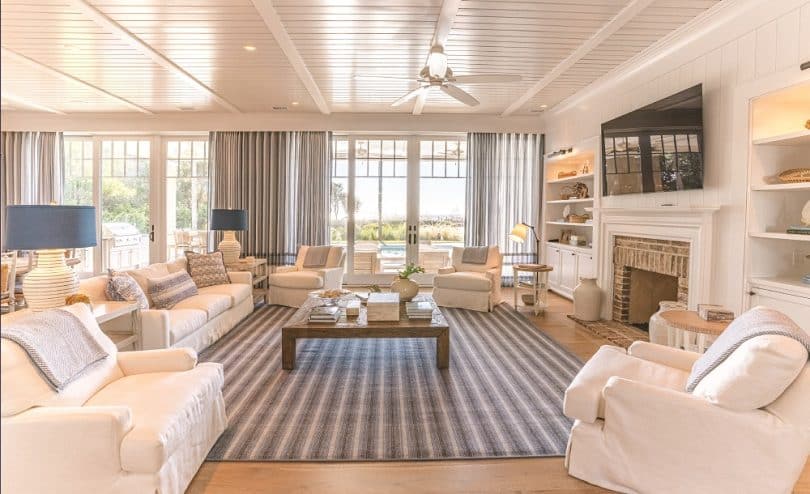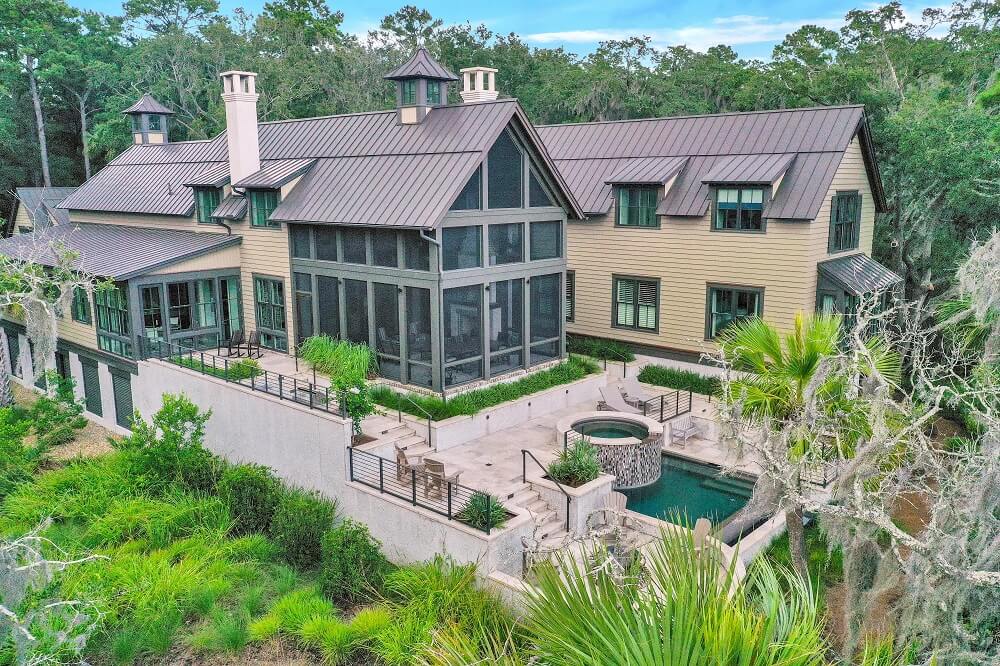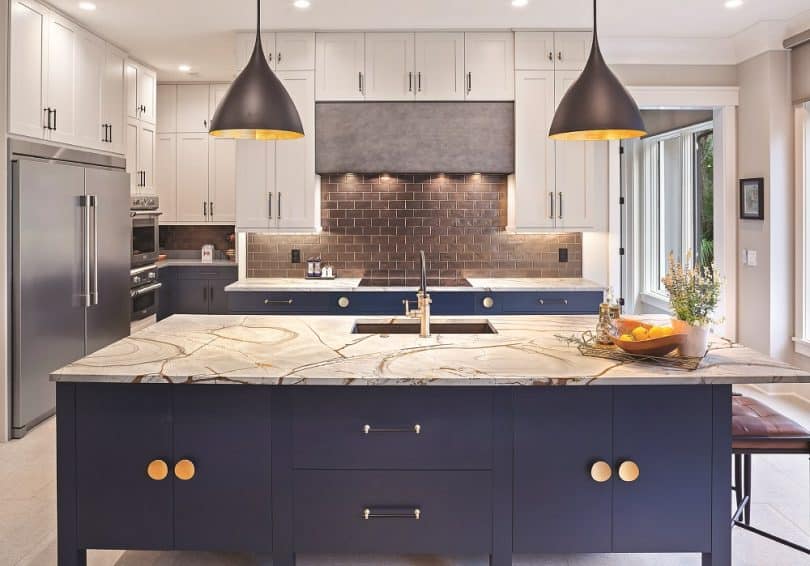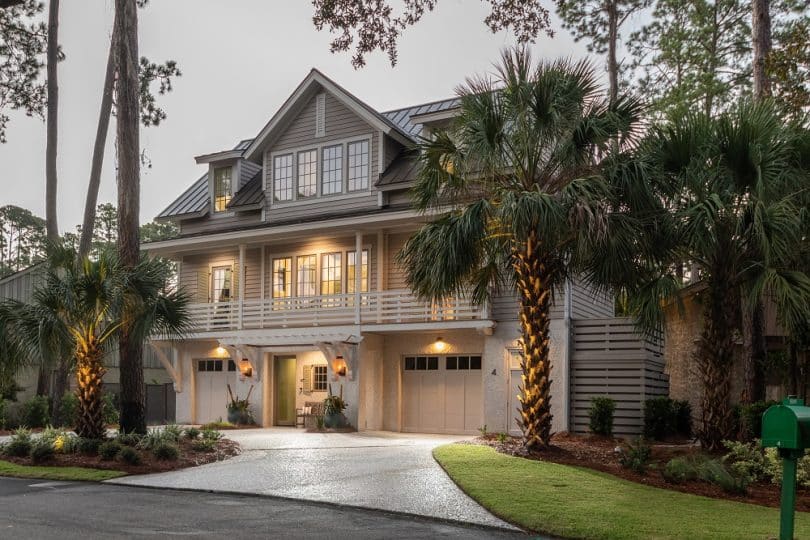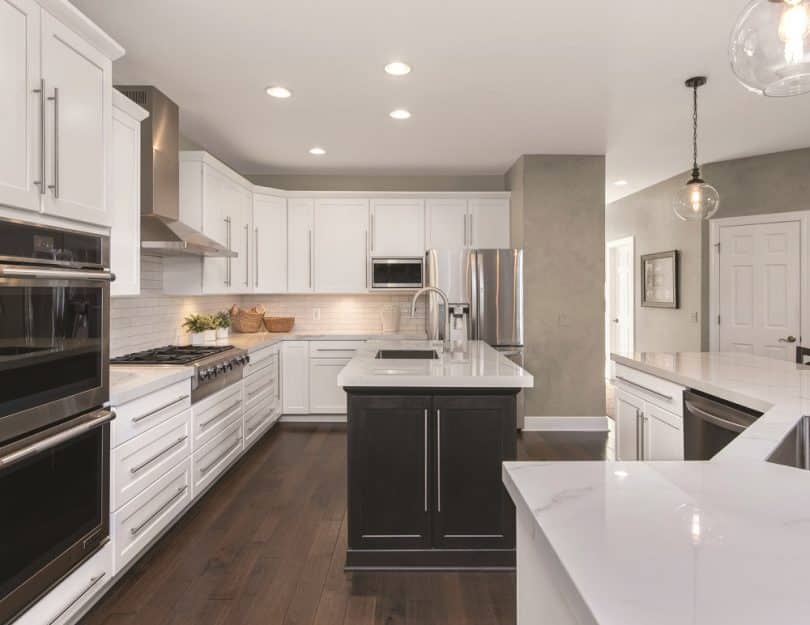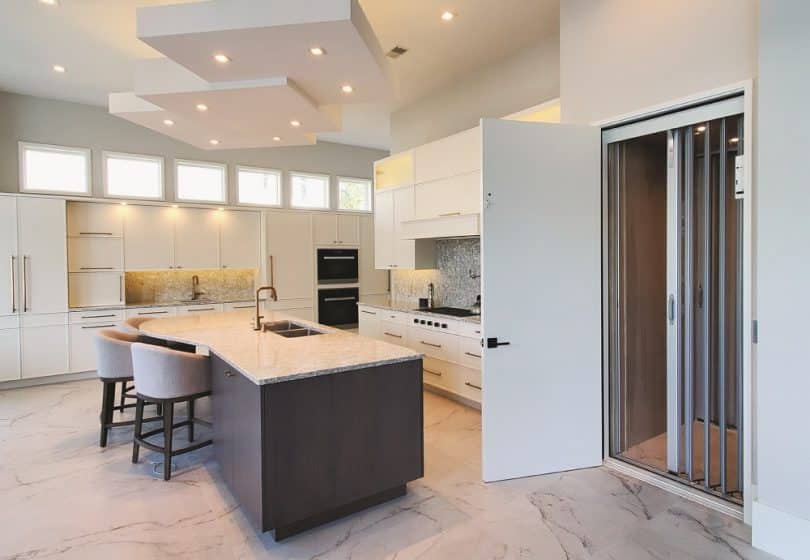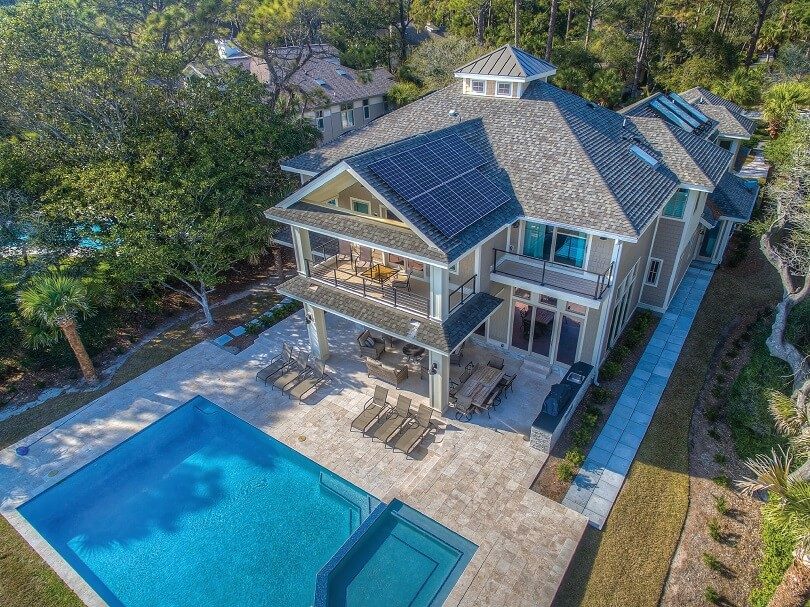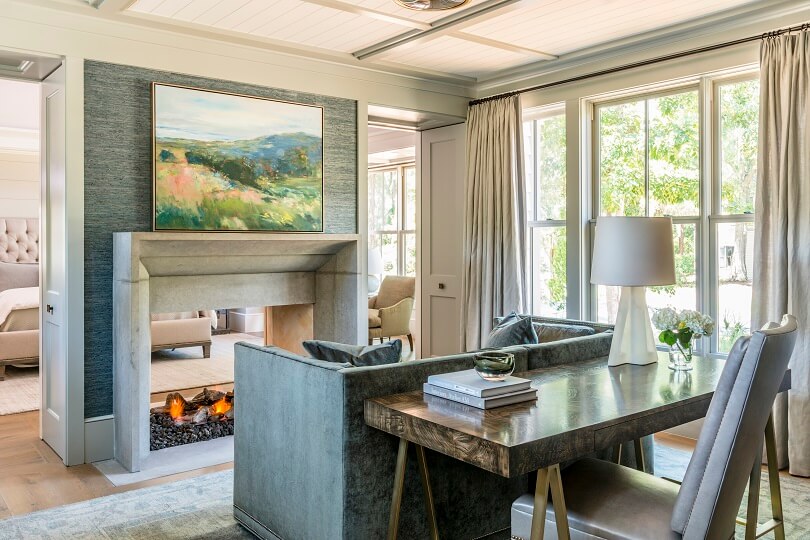ELECTRICITY ISN’T GETTING ANY CHEAPER, BUT THERE IS ALWAYS PLENTY OF SUN TO GO AROUND. HERE’S HOW TO PUT IT TO WORK FOR YOU.
If you really want to get technical about it, solar power as we know it goes back to 1954, when the braintrust at Bell Labs figured out that silicon is photovoltaic. Essentially, it contained properties that could convert light into electricity.
But if you want to get technical and archaeological, the ancient Greeks really put it to good use first, by using it to heat their homes in winter and cool it in summer by aligning both the footprint of the house and ingenious windows and openings with the path of the sun.
Today, you can use a little bit of that Greek know-how and the decades of advancements made since the advent of solar electricity to achieve the impossible: cooling your home with the heat of the sun. Factor in the rising cost of electricity, and we’d imagine we’ve piqued your curiosity by now.
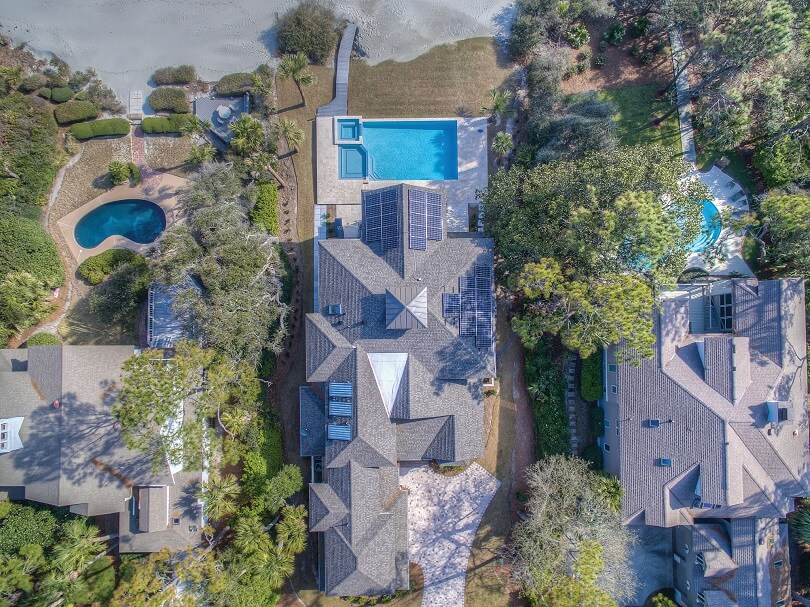
“It’s something people are talking about, that’s for sure,” said Hugh Hobus, co-owner of RCH Construction, who has been seeing a steady rise in demand for solar power during new construction and renovations in the last few years.
RCH utilizes Superior Heating and Air, which utilizes the revolutionary SolarCool Solar Thermal Air Conditioner by Eco Solar Technologies. This two-stage system collects solar energy through a flat, discrete panel filled with refrigerant to power home HVAC systems. Just a simple 4×6 panel can provide essentially all the power you need to heat and cool your home.
“It’s an upfront cost, but once you apply the federal tax credit, it’s actually cheaper than a regular system,” said Hobus. While a solar system will cost you sometimes twice as much as a standard HVAC system, the Solar Investment Tax Credit will allow you to claim 30% in federal tax credits and 25% in State tax credits for a total of 55% against your tax liability of your investment. This makes Superior’s Solar Thermal system actually cost less than or at least very comparable in cost to a base model system after tax credits are realized.
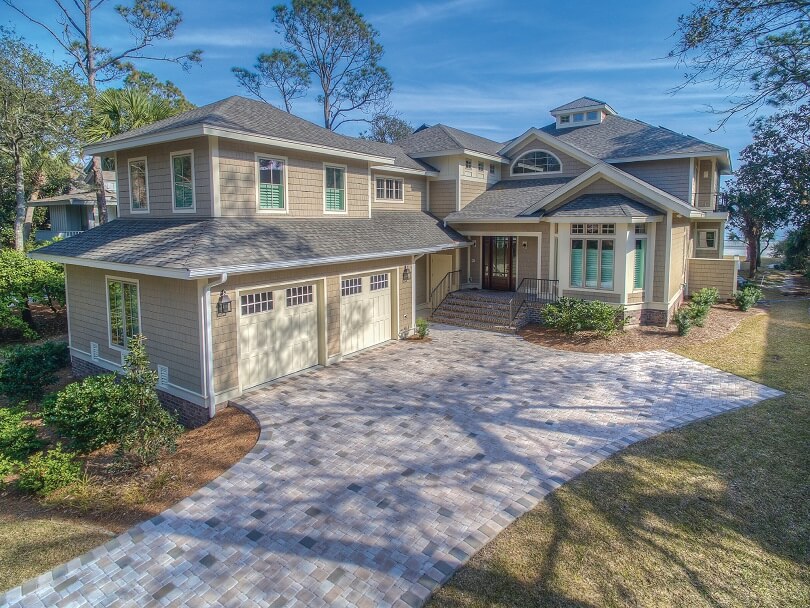
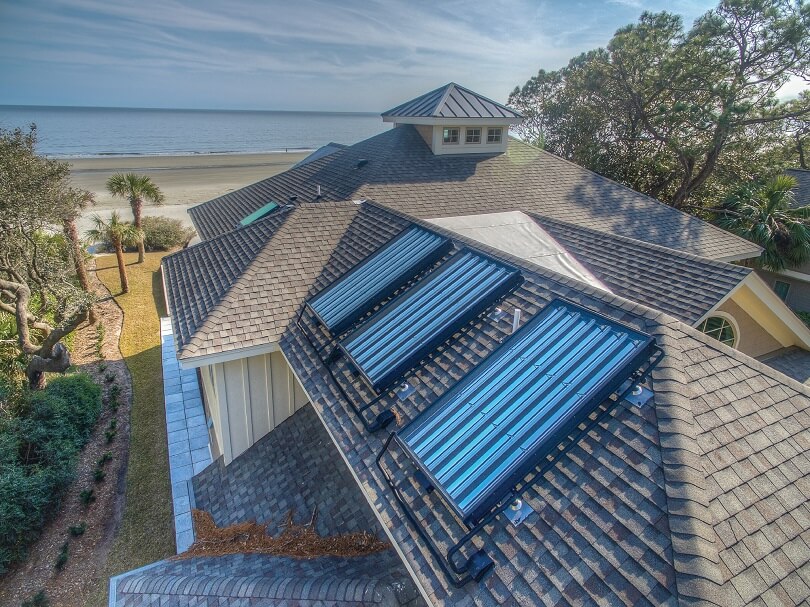
And that’s to say nothing of the fact that your energy bill will take a nosedive. According to Hobus, one system he installed at a home in Sea Pines with multiple hot water units runs a five-ton unit using a 4×6 panel, and has generated a 50-55 percent savings in the home’s electric bill every month. In some cases, they’re generating so much power they’re actually sending it back along the grid, putting out more than the house consumes.
Think about what happens to your power bill every summer, and start doing the math. Between that and the tax credit, that extra upfront investment starts to seem pretty insignificant. But money isn’t everything – what about your home’s aesthetics? What about the all-powerful, all-seeing architectural review board? It turns out, by and large they’re onboard. Even in Sea Pines, a community renowned for its rigid adherence to architectural standards, solar energy is finding a niche.
“They’re very cooperative,” said Hobus, noting that the increased efficiency and earth-friendly nature of a solar panel dovetails nicely with the eco-friendly philosophy of Sea Pines. “Plus, these panels sit four inches off your roof and are very unobtrusive.”
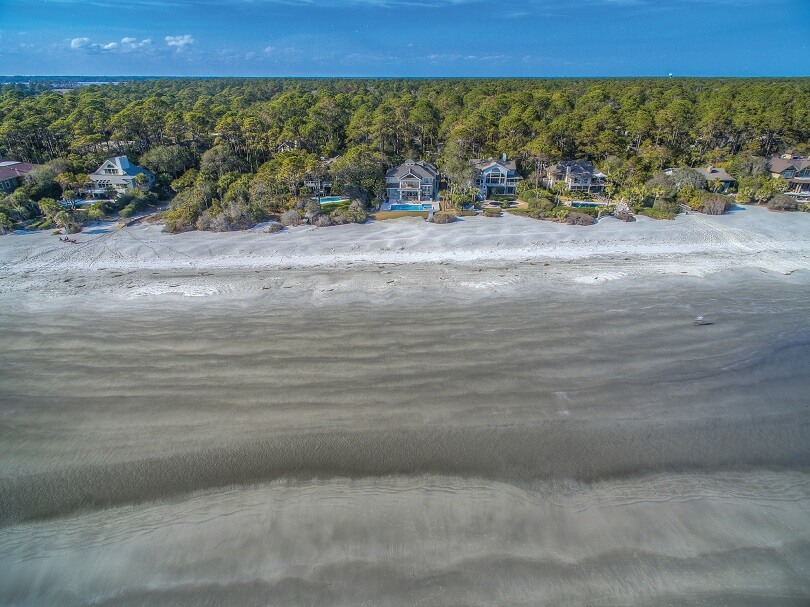
He also added that he’s installed solar systems for pool heating in places like Wexford and Long Cove, and in both cases the associations were cooperative and amiable to it. “It’s really not that big of a deal,” he said. “And there are going to be more coming their way, that’s for sure.”
That definitely seems to be the case, as homeowners around the Lowcountry begin to discover the many benefits of solar power. It slashes your bill, adds value to your property and won’t cause a hassle with your ARB. And, the bleeding-edge technology of these new solar systems puts Bell Labs and the ancient Greeks to shame. “They don’t even need to be facing South anymore,” said Hobus. “It’s much more efficient now.”
With Hobus alone adding at least one new solar system to a home each year, from a remodel to massive beach homes, it’s safe to say the sun is just rising on this money-saving, eco-friendly home technology.
By Barry Kaufman
Photos by Ryan Greco

